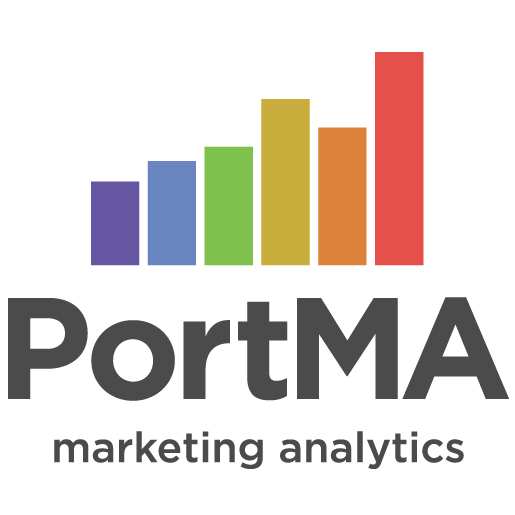 We were tasked with measuring the value of a large scale experiential marketing program in the spirits industry, which we continue to work on to this date. The program has clear and concise objectives. However, we were asked to find value in the amount of time brand ambassadors spend facing and not facing the consumer.
We were tasked with measuring the value of a large scale experiential marketing program in the spirits industry, which we continue to work on to this date. The program has clear and concise objectives. However, we were asked to find value in the amount of time brand ambassadors spend facing and not facing the consumer.
The program has three main objectives:
- Manage the brand ambassador
- Reach the target consumer
- Create new purchase intent
Reviewing consumer-facing metrics (consumer engagements and samples distributed) is great for measuring the value of the event execution itself, but what is the value of time spent away from the consumer (e.g. planning and organizing the events)?
The proposed solution
The answer was to find a way to track brand ambassador activity hours broken down by different job categories. The categories are: executing events, networking, creative development, and brand training. We then incorporate those hours into a model that measures a return on those activities.
The idea of incorporating brand ambassador hours into the model is based on the assumption that more time spent on both consumer and non-consumer-facing activity will improve consumer targeting. It also creates a higher quality event experience, which should positively influence purchase behavior.
The Return-On-Activity Model
Here is the first part of the model:
Consumers Sampled / Brand Ambassador Activity Hours =
Consumers Sampled Per Activity Hour
This basic formula yields the number of additional consumers who sampled product at an event for every hour of work brand ambassadors put into planning and executing events. This goes back to reaching the target consumer, where time spent planning should lead the team to activate at events with target consumers in attendance.
The second part of the model translates the first part into an easy to read score.
Consumers Sampled Per Activity Hour * % Likely to Purchase Brand =
Return-On-Activity
How does this derive value?
The assumption here is that a well-executed event will attract more target consumers to the brand. Also that the initial sampling experience will be positive. When consumers leave the event, they are more likely to purchase the brand than they were before the event. Thus, creating new purchase intent.
So we multiply consumers sampled per hour by likelihood to purchase the brand (taken from our consumer survey). This yields a Return-On-Activity score, expressed in terms of the number of new customers created per hour of brand ambassador activity.
When we find opportunities to improve Return-On-Activity, we help the client manage the brand ambassadors' success.
Now, the client has an easy tool to measure the value of the time their brand ambassadors put into their work. We're hoping to put this model into practice for long-term measurement, so this will be updated as the program progresses.


